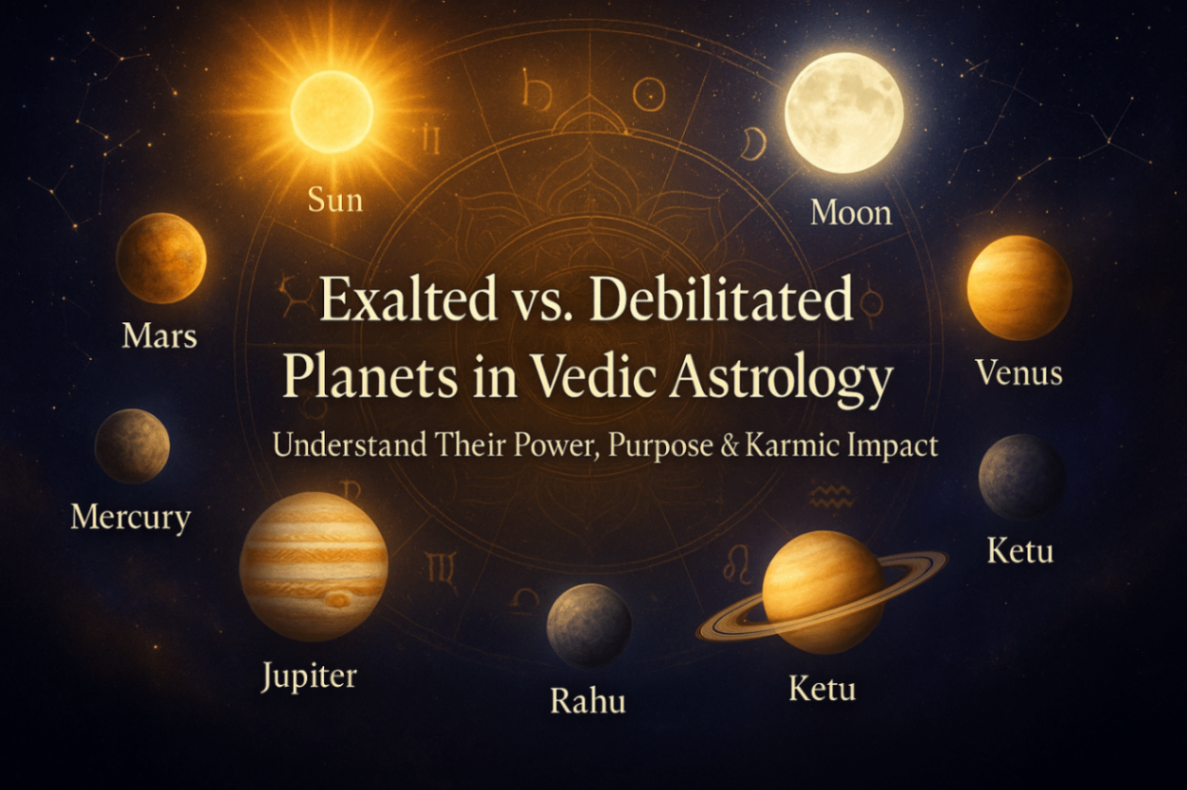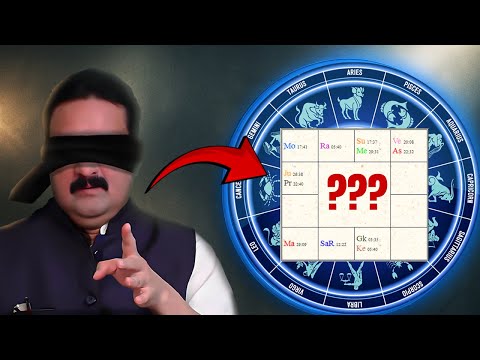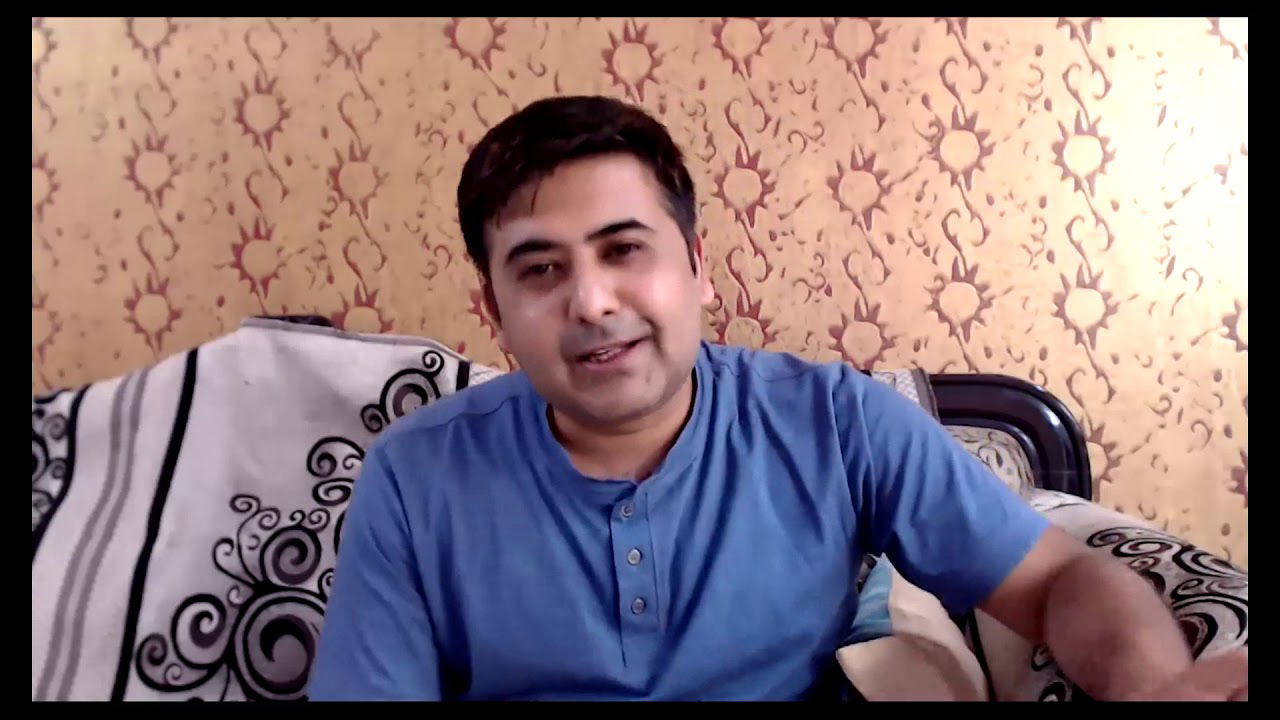Introduction to Bhavat Bhavam in Vedic Astrology
Vedic astrology, an ancient system from India, offers intricate methods to understand an individuals life path, challenges, and strengths. Among its numerous techniques, the bhavat bhavam concept stands out as a profound analytical tool. Translated literally as house to house, this method delves into the interconnectedness of different houses in a birth chart, revealing deeper insights into various life areas.
This approach involves counting houses from a specific house to determine influences and outcomes. For example, to analyze the third house, traditionally associated with communication, siblings, and short journeys, the bhavat bhavam method suggests examining the fifth house (third from the third) for additional nuances and confirmations of the third houses indications.
In this comprehensive guide, we will explore the bhavat bhavam concept in vedic astrology, its application across different houses, insights from classic texts, and its relevance to amsa charts. Whether youre a seasoned astrologer or a curious enthusiast, understanding this concept can unlock new dimensions of astrological interpretation.
Understanding Bhavat Bhavam Literally
Bhavat bhavam literally means house to house. In Vedic astrology, this concept emphasizes the relationships between different houses in a natal chart. Each house represents specific aspects of life, such as personality, wealth, communication, and relationships. By analyzing how one house influences another, astrologers can gain a holistic view of an individuals life.
For instance, the fifth house relates to creativity, intelligence, and children. Using this analytical method, an astrologer would examine the ninth house (fifth from the fifth) to understand how higher education, philosophy, and long journeys impact creativity and relationships with children.
What Is Bhavat Bhavam in Astrology?
Its a technique that explores the mutual influences of houses by determining the house position of each houses lord (ruler). Essentially, it examines how the lord of one house affects another house, providing a deeper layer of interpretation beyond traditional house meanings.
This method enhances the accuracy of astrological predictions by considering the dynamic interplay between various life aspects. It allows astrologers to see beyond isolated house significations, presenting a more interconnected and comprehensive analysis.
Bhavat Bhavam in Hindi
For those seeking resources in Hindi, the concept is extensively covered in classical and contemporary Vedic astrology literature. Books like Bhavat Bhavam Book in Hindi delve into detailed explanations, examples, and interpretations, making the concept accessible to a broader audience.
Bhavat Bhavam Book PDF
Modern technology has made it easier to access knowledge on this topic. The bhavat bhavam book pdf versions are available for enthusiasts to study and reference. These digital formats provide the flexibility to learn and understand the concept at ones own pace.
Bhavat Bhavam Concept in Vedic Astrology

This concept in vedic astrology is essential for a nuanced understanding of a birth chart. By analyzing the placement of house lords across different houses, astrologers can identify patterns and influences that shape an individuals life journey.
How Bhavat Bhavam Enhances Astrological Analysis

Interconnected Insights: Instead of viewing houses in isolation, this method connects them, revealing how different life areas influence each other.
Enhanced Predictive Accuracy: By considering mutual influences, predictions become more precise and reflective of real-life dynamics.
Comprehensive Understanding: It provides a holistic view, ensuring that no aspect of the individuals life is overlooked.
Detailed Exploration of Bhavat Bhavam Across Various Houses
Lets delve into how this analytical approach operates for each house in a birth chart, uncovering the intricate connections and their implications.
1st House (Ascendant)
Bhavat Bhavam: The first house from itself.
Implication:
The first house, or Ascendant, represents the self, body, personality, and overall life approach. When applying this concept, the first houses lord positioned in the first house emphasizes self-awareness and personal development. It suggests a strong sense of identity and independence, making the individual self-reliant with a focus on personal growth.
2nd House
Bhavat Bhavam: Third house.
Implication:
The second house deals with personal resources, values, and wealth. Connecting it to the third house (which governs communication and skills) indicates that effective communication and skills play a crucial role in accumulating wealth. This connection may suggest careers in commerce, negotiation, or areas where communication skills enhance financial prosperity.
3rd House
Bhavat Bhavam: Fifth house.
Implication:
The third house encompasses communication, siblings, and short journeys. Linking it to the fifth house, which relates to creativity, intelligence, and children, highlights how interactions with siblings and communication skills influence creative endeavors and relationships with children. This can manifest as creative expression through writing, teaching, or other communicative arts.
4th House
Bhavat Bhavam: Seventh house.
Implication:
The fourth house represents home, family, and private life. Connecting it to the seventh house, which governs partnerships and marriage, suggests that domestic conditions significantly affect relationships. A harmonious home environment may lead to stable partnerships, while domestic challenges could influence marital dynamics.
5th House
Bhavat Bhavam: Ninth house.
Implication:
The fifth house involves creativity, intelligence, and children. Linking it to the ninth house, which covers higher education, philosophy, and long journeys, indicates that ones beliefs and educational experiences shape creative outputs and relationships with children. This connection might manifest in roles such as educators, philosophers, or creative professionals influenced by their higher learning.
6th House
Bhavat Bhavam: Eleventh house.
Implication:
The sixth house deals with daily work, health, and service. Connecting it to the eleventh house, which represents friendships and community, suggests that social interactions and community involvement significantly influence health and daily routines. This could indicate careers in social work, public relations, or community-based professions.
7th House
Bhavat Bhavam: First house.
Implication:
The seventh house governs partnerships and marriage. Linking it back to the first house emphasizes how personal attributes and self-identity affect relationship dynamics. It suggests that the individuals self-expression and personal growth are closely tied to their partnerships.
8th House
Bhavat Bhavam: Third house.
Implication:
The eighth house involves transformation, shared resources, and deep psychological aspects. Connecting it to the third house indicates that transformation and shared resources are linked to communication and skills. This could manifest in careers like crisis management, investigative journalism, or any field requiring intense research and communication.
9th House
Bhavat Bhavam: Fifth house.
Implication:
The ninth house covers higher education, spirituality, and long journeys. Linking it to the fifth house suggests that ones philosophical beliefs and educational background significantly influence creativity and relationships with children. This might be seen in roles such as educators in philosophical institutions or creative professionals inspired by spiritual beliefs.
10th House
Bhavat Bhavam: Seventh house.
Implication:
The tenth house represents career, public status, and achievements. Connecting it to the seventh house indicates that ones career and public standing are significantly influenced by partnerships and public dealings. This could lead to careers in diplomacy, public relations, legal professions, or any field where negotiating and maintaining relationships are key.
11th House
Bhavat Bhavam: Ninth house.
Implication:
The eleventh house deals with hopes, dreams, and social circles. Linking it to the ninth house suggests that long-term goals and aspirations are influenced by moral, ethical, or religious beliefs. This connection might lead to gains through foreign connections or educational achievements aligned with ones philosophical outlook.
12th House
Bhavat Bhavam: Eleventh house.
Implication:
The twelfth house involves losses, retreats, and spirituality. Connecting it to the eleventh house indicates that losses or spiritual retreats are linked to social relationships and long-term aspirations. This could manifest as losses through friends or philanthropic activities that do not yield expected returns, influencing ones social goals.
Practical Examples of Bhavat Bhavam and House Lord Placements
Understanding this concept becomes clearer through practical examples. Lets explore how the positioning of house lords away from their natural houses influences various life aspects.
First House (Ascendant)
Example:
If the first house lord is in the first house, it enhances self-focus and independence. This placement makes a person very self-reliant, often leading a life where personal appearance and self-expression play a significant role.
Second House
Example:
If the second house lord is in the third house, it suggests that communication skills and interactions with siblings play a crucial role in accumulating wealth or managing finances. Careers in commerce, negotiation, or fields requiring effective communication are favored.
Third House
Example:
If the third house lord is in the fifth house, it implies a strong connection between communication skills and creativity. This individual might excel in creative writing, marketing, or teaching, especially in subjects that require articulate speech or writing.
Fourth House
Example:
If the fourth house lord is in the seventh house, this indicates that ones home life and domestic environment are closely linked to partnerships or marriage. The person may work from home or have a spouse who heavily influences home affairs.
Fifth House
Example:
If the fifth house lord is in the ninth house, this suggests a strong link between creativity, children, and higher education or spiritual beliefs. The individual might be involved in academic or spiritual education, possibly teaching creative subjects at higher educational institutes.
Sixth House
Example:
If the sixth house lord is in the eleventh house, it indicates that friendships and social networks are crucial to overcoming obstacles and enemies. This person might work in a social or community-based profession, such as social work or public relations.
Seventh House
Example:
If the seventh house lord is in the first house, personal identity and autonomy are heavily influenced by partnerships or marriage. This could indicate a person whose personal appearance or self-identity is strongly influenced by their spouse or business partnerships.
Eighth House
Example:
If the eighth house lord is in the third house, it shows that the transformational and secretive elements of the eighth house are linked to the communicative and skill-oriented attributes of the third house. It might suggest a person who deals with transformational subjects like change management or crisis communication.
Ninth House
Example:
If the ninth house lord is in the fifth house, there is a strong focus on education, philosophy, or spirituality influencing ones children or creative outputs. This person might teach at a philosophical or religious institution, or their creative work could be deeply influenced by their beliefs.
Tenth House
Example:
If the tenth house lord is in the seventh house, this indicates that ones career and public status are significantly influenced by partnerships or public dealings. This could manifest as a business partnership or a career in diplomacy, where negotiating and maintaining relationships are key aspects of the profession.
Eleventh House
Example:
If the eleventh house lord is in the ninth house, the persons long-term goals and aspirations are influenced by their moral, ethical, or religious beliefs. This could also indicate gains through foreign connections or educational achievements aligned with ones philosophical outlook.
Twelfth House
Example:
If the twelfth house lord is in the eleventh house, the persons losses or retreats are connected to their social circle or aspirations. This might manifest as losses through friends or philanthropic activities that do not yield expected returns, influencing their social goals.
Bhavat Bhavam in Classical Vedic Texts
Classical Vedic astrology texts provide foundational insights into this concept. Ancient scriptures and astrological treatises discuss the interconnectedness of houses, emphasizing its importance in accurate chart interpretation.
Parashara Hora Shastra
One of the most authoritative texts in Vedic astrology, Parashara Hora Shastra, outlines various techniques for chart analysis, including the house-to-house method. It emphasizes the significance of house lord placements and their mutual influences, providing guidelines on how to interpret these connections for better predictions.
Brihat Parashara Hora Shastra
Another essential text, Brihat Parashara Hora Shastra, delves deeper into the house relationships, offering detailed explanations and examples. It discusses how the mutual relationships between houses can reveal complex life patterns and destinies, guiding astrologers in their interpretative practices.
Jataka Parijata
Jataka Parijata, a renowned Vedic astrology manual, also explores the concept of house interconnections. It provides insights into how house lord placements across various houses can influence different life aspects, reinforcing the interconnected nature of the birth chart.
These classical texts underscore the enduring relevance of this analytical method in Vedic astrology, highlighting its role in uncovering the intricate web of lifes influences.
Is Bhavat Bhavam Valid for Amsa Charts Also?
Is bhavat bhavam valid for amsa charts also? Yes, this method is applicable to amsa charts. Amsa charts are divisional charts used in Vedic astrology to provide more detailed insights into specific life areas. By applying the house-to-house technique to these charts, astrologers can gain a deeper understanding of the nuanced influences and relationships between different house segments.
For example, using this method in the Navamsa chart (D9) can enhance the analysis of marriage and relationships by connecting the lord of the seventh house to other relevant houses within the divisional chart. This application ensures a more comprehensive and precise interpretation of the individuals life path.
Benefits of Using Bhavat Bhavam in Vedic Astrology
Implementing this house relationship method in astrological analysis offers several benefits:
Deeper Insights: It uncovers the hidden connections between various life areas, providing a more comprehensive understanding.
Enhanced Accuracy: By considering mutual house influences, predictions become more precise and reliable.
Holistic Analysis: It ensures that all aspects of an individuals life are interconnected, avoiding isolated interpretations.
Improved Decision-Making: Understanding the interplay between different life areas helps in making informed decisions and navigating challenges effectively.
Personal Growth: It highlights areas of strength and potential growth, guiding individuals towards personal and professional development.
Challenges in Applying Bhavat Bhavam
While this method is a powerful tool, it comes with its set of challenges:
Complexity: The interconnectedness of houses adds layers of complexity, requiring a thorough understanding of each houses significance.
Interpretative Skills: Accurate application demands advanced interpretative skills and experience in Vedic astrology.
Time-Consuming: Analyzing mutual house influences can be time-consuming, especially for complex charts with multiple strong influences.
Potential for Overcomplication: Theres a risk of overcomplicating interpretations by focusing too much on inter-house relationships, potentially overshadowing primary house significations.
Despite these challenges, with practice and a solid foundational knowledge, astrologers can effectively utilize this technique to enhance their readings.
Integrating Bhavat Bhavam with Other Astrological Techniques
To maximize the benefits of this house relationship method, it can be integrated with other astrological techniques:
Dasha Analysis: Combining it with planetary periods (Dashas) can provide insights into how house influences manifest during specific timeframes.
Transits: Analyzing transits in conjunction with house interconnections can reveal how current planetary movements affect the interconnected house relationships.
Ashtakavarga: Using the Ashtakavarga system alongside this method can enhance the understanding of planetary strengths and interactions.
Yogas: Identifying Yogas (planetary combinations) in the chart and then applying the house-to-house technique can uncover deeper layers of astrological significance.
Integrating these techniques ensures a more robust and multifaceted astrological analysis, providing clients with comprehensive and accurate readings.
Practical Tips for Applying Bhavat Bhavam
For those looking to apply this concept in their astrological practice, here are some practical tips:
Understand House Lords: Ensure a thorough understanding of each house lord and its natural significations.
Identify House Placements: Accurately identify the placement of each house lord in the birth chart.
Count Houses Correctly: When applying the house-to-house method, count the houses accurately from the relevant house to determine influences.
Analyze Mutual Influences: Focus on the mutual relationships between house lords and their target houses.
Use Clear Examples: Refer to practical examples to understand how the method operates in different scenarios.
Consult Classical Texts: Refer to classical Vedic astrology texts for deeper insights and validation of interpretations.
Practice Regularly: Consistent practice is essential to master the application of this technique and improve interpretative skills.
By following these tips, astrologers can effectively incorporate the house relationship method into their practice, enhancing the depth and accuracy of their readings.
Conclusion
The bhavat bhavam concept in Vedic astrology, translated as house to house, is a profound tool that uncovers deeper insights into various life aspects by examining the interconnectedness of the houses in a birth chart. By counting houses from a specific house to determine influences and outcomes, this method reveals how different life areas are interrelated, providing a nuanced and holistic view of an individuals life based on their horoscope.
Through detailed exploration and practical examples, we see how the positioning of house lords away from their natural houses influences personal and professional life, emphasizing the integrated and dynamic nature of Vedic astrological analysis. Insights from classical texts further validate the significance of this concept, underscoring its enduring relevance in modern astrological practice.
By understanding and applying the house-to-house method, astrologers can unlock lifes secrets, offering clients profound and accurate guidance on their life journey. Whether applied to natal charts or amsa charts, this technique enhances the astrological toolkit, making it an indispensable approach for those seeking deeper astrological wisdom.





































